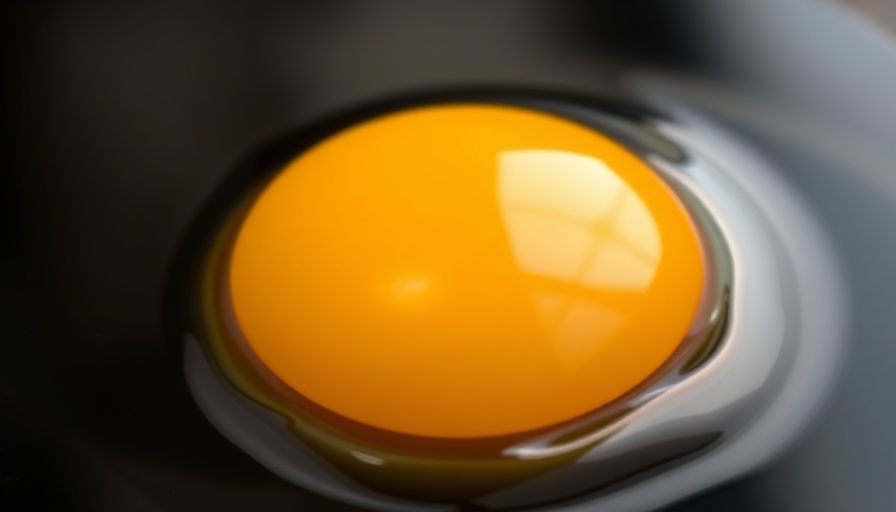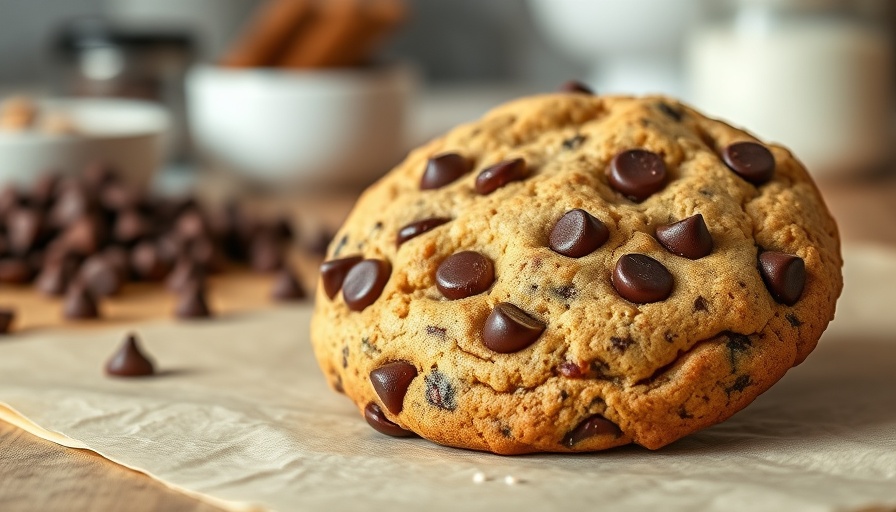
What’s That White Stringy Thing You See in Your Eggs?
Picture this: you’re in the kitchen, cracking open some eggs to whip up breakfast, and you see a white, stringy strand sticking out from the yolk. Panic starts to rise, thoughts of what that might mean swirling in your head. Stop! That stringy surprise is called the chalaza, and it’s perfectly safe. In fact, it’s quite good for you!
The Role of the Chalaza: Nature’s Egg Protector
The chalaza (pronounced kuh-LAY-zuh) is nature's way of keeping the yolk centered in the egg. Created from twisted proteins, the chalaza acts like a small anchor, ensuring that the yolk remains suspended in the egg white. This is important for protecting the yolk, especially when eggs are moving around. Contrary to popular myth, the chalaza is not an umbilical cord or a sign of fertilization; it’s simply a part of the egg’s structure, making it a natural and essential component.
The Nutritional Benefits of the Chalaza
When it comes to nutrition, the chalaza is just as safe and healthy as the rest of the egg. Made of protein, it offers the same nutritional benefits as the egg white. However, it’s significant to note that while it’s fine to eat, raw eggs come with a potential risk of salmonella. Cooking eggs thoroughly is always the best practice for food safety.
Chalaza Visibility: What It Means for Your Eggs
Don’t shy away from a noticeable chalaza! In fact, a prominent chalaza is a marker of high-quality eggs (grade AA or A) according to the American Egg Board. If the chalaza is hard to find, chances are you’re dealing with lower-grade eggs or perhaps eggs that have been around a bit longer. Interestingly, eggs from younger hens tend to have stronger, more visible chalazae. So next time you see that stringy thing, consider it a thumbs-up for freshness!
Cooking Considerations: To Remove or Not to Remove?
While the chalaza is nutritious, it might have a slightly chewy texture that can be off-putting in certain dishes. If you’re aiming for a flawlessly smooth consistency in recipes like custards or crème brûlées, doing a little fishing to remove the chalaza might be worth your while. With a fork, you can scoop it out, or for a smoother approach, strain the egg whites to get rid of the chalaza altogether. It’s a quick process that can enhance the texture of your dishes.
Your Cooking Adventure Awaits!
Now that you’re armed with this knowledge about chalazas, consider experimenting with your eggs in new ways. From scrambled to poached, the possibilities are endless! Whether preparing comfort food or diving into international recipes, this newfound understanding allows you to appreciate the small wonders of eggs that contribute to your culinary creations.
If you enjoyed this story, why not stay connected? Join Las Vegas Local Unplugged on Facebook and YouTube for exclusive local information.
 Add Row
Add Row  Add
Add 



Write A Comment